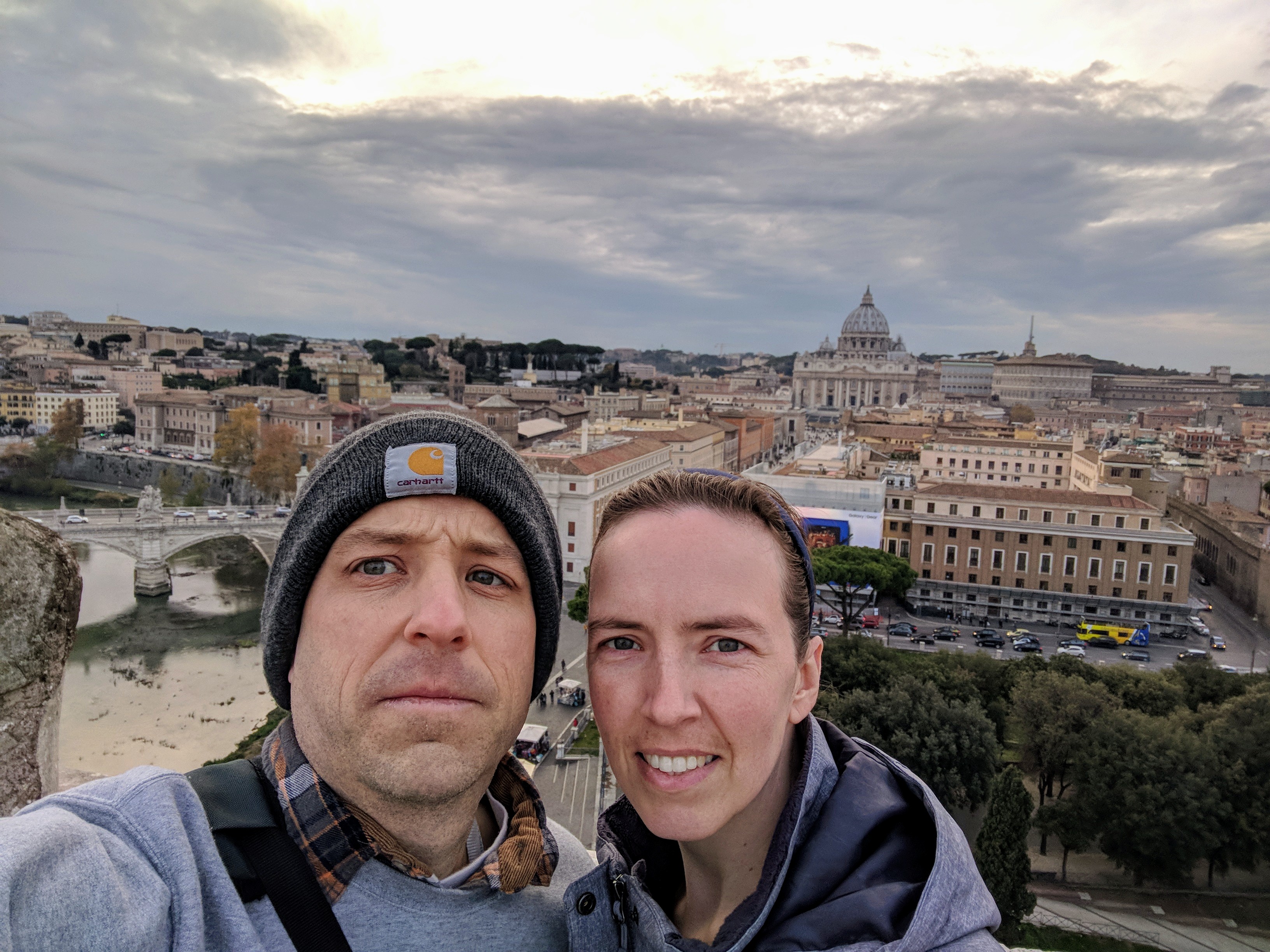Castel Sant'Angelo
Sat Dec 02, 2017 2:59 pmCastel Sant'Angelo was originally built as a Mausoleum for Emperor Hadrian, was alternately used as a Fortress and Prison.
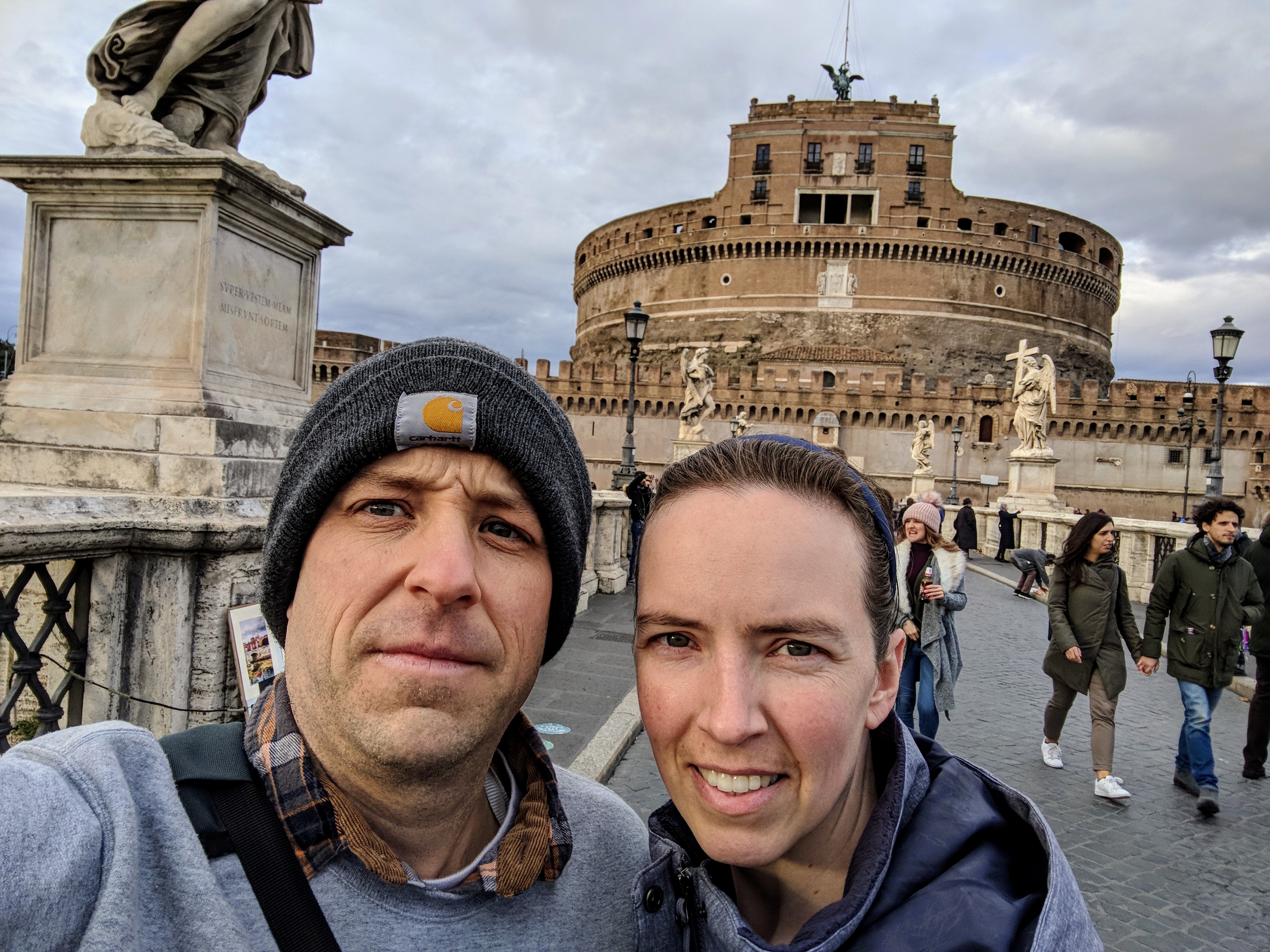
It’s pretty cool to stand on Ponte Sant’Angelo, a bridge that was built in 134 by Emperor Hadrian.
For context Hadrian was the successor to Trajan, whose reign was the zenith of the Roman Empire. Hadrian is perhaps even better known for building Hadrian’s Wall, a fortified wall between what is now Scotland and Northern England. Hadrian also rebuilt the Pantheon.
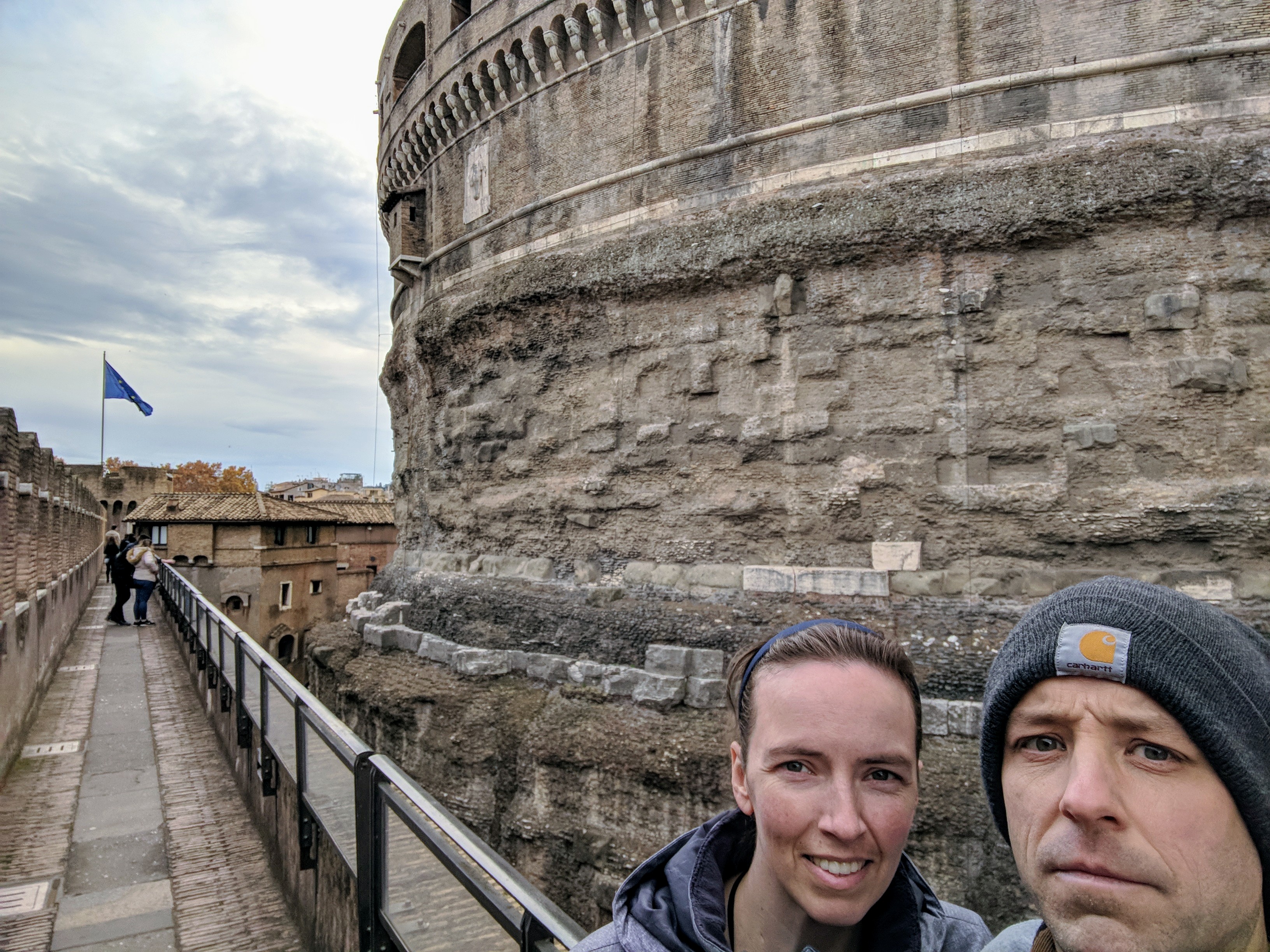
Although built as a mausoleum, Castel Sant’Angelo also served as a refuge of last resort for the Pope during times of seige.
A fortified passageway, Passetto di Borgo connected to the Vatican.
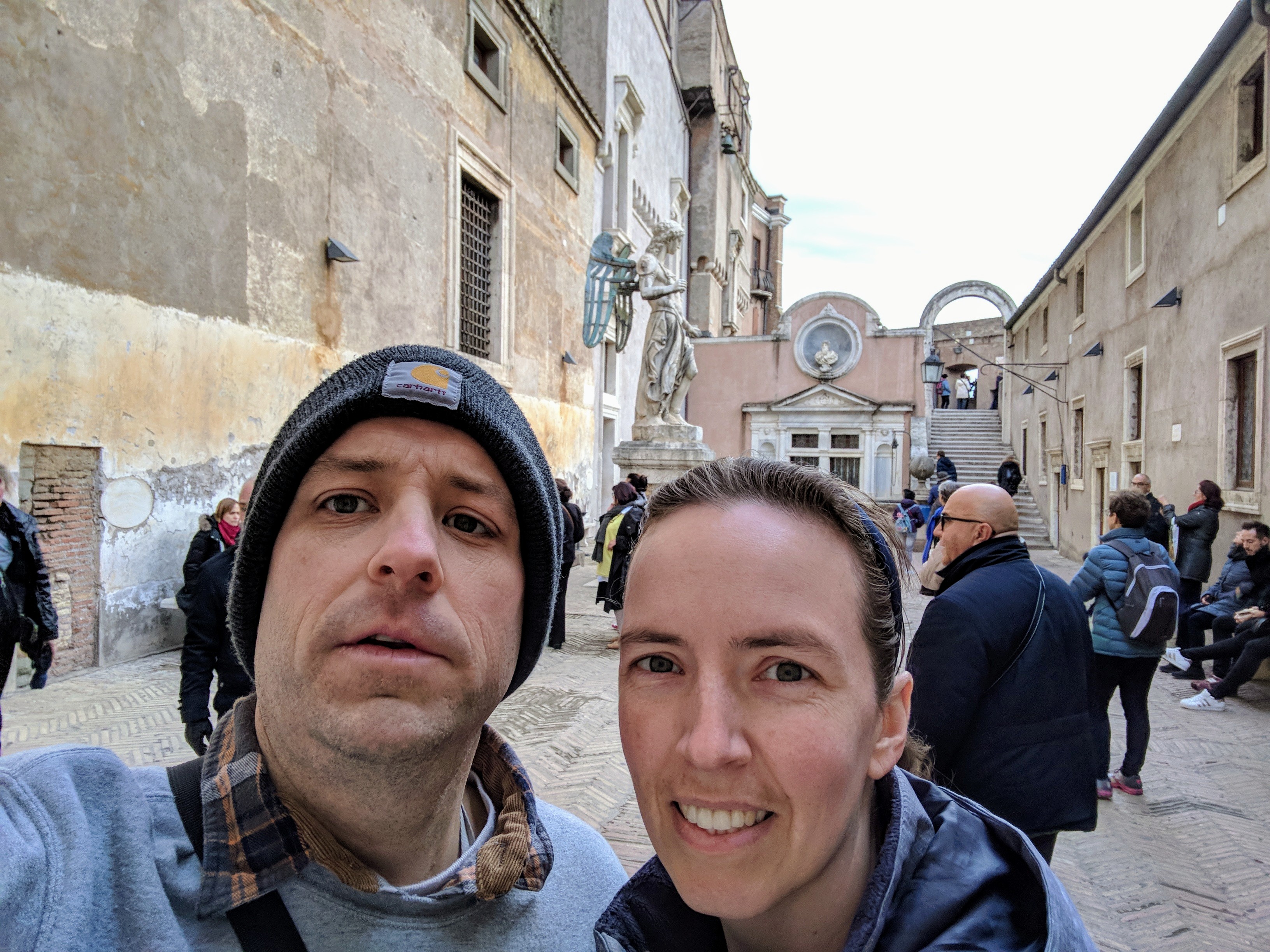
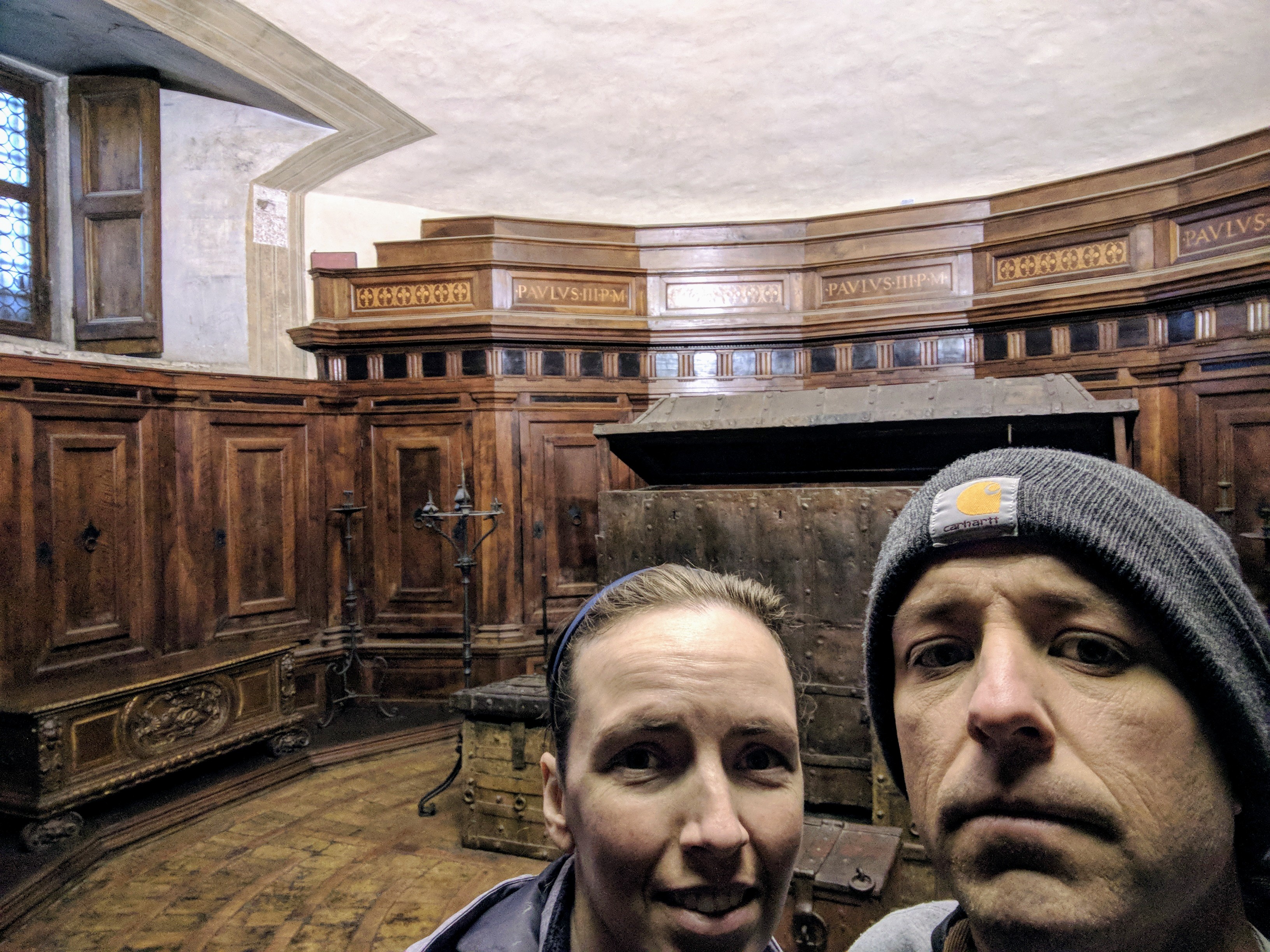
This is the former Vatican’s Treasury. This is it. This big box right here.
This particular room was also used as a prison and perhaps Hadrian’s Tomb.
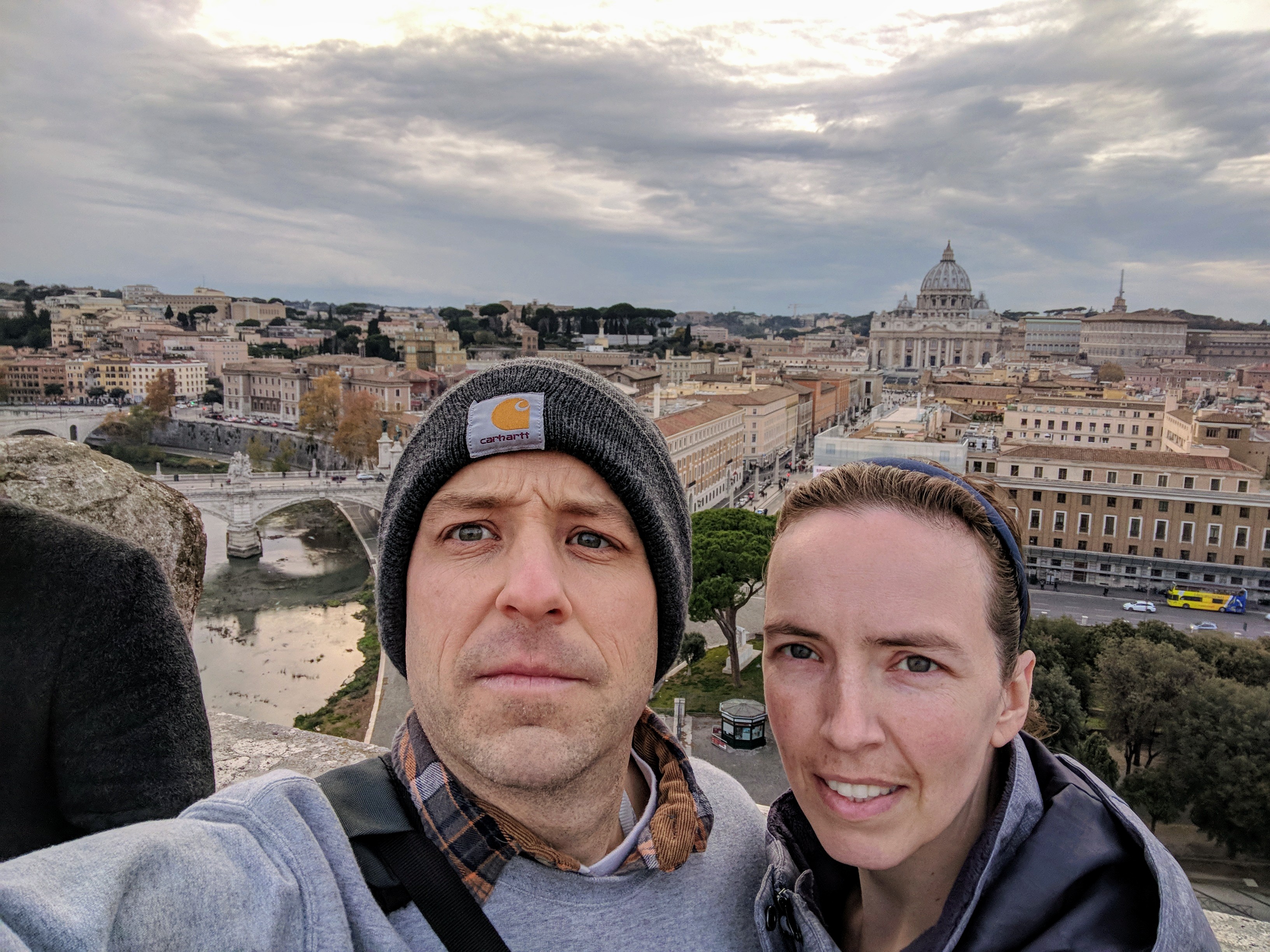
St. Peter’s Basilica is visible in the distance.
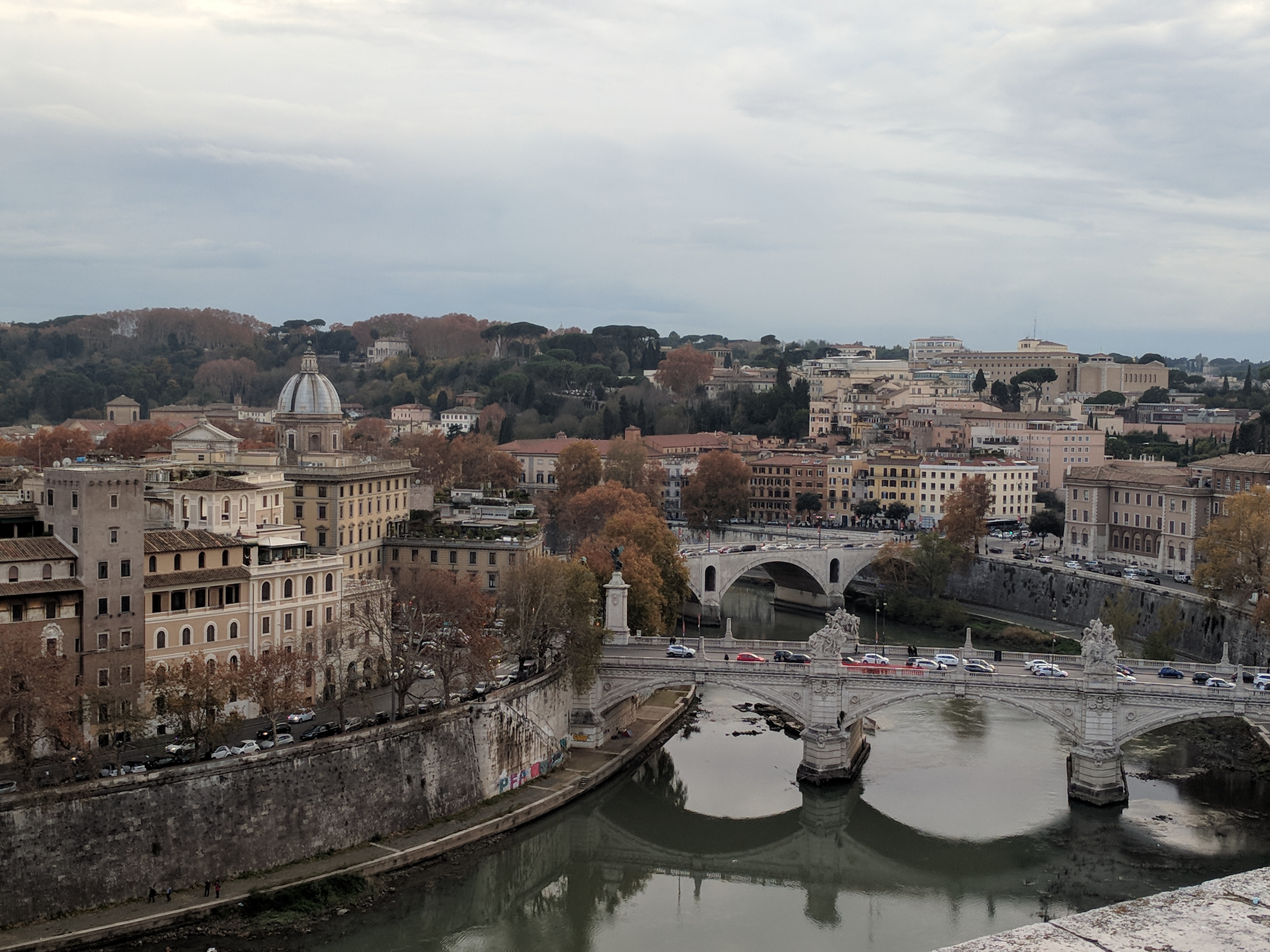
The flood walls along the Tiber were not built until the late 19th Century.
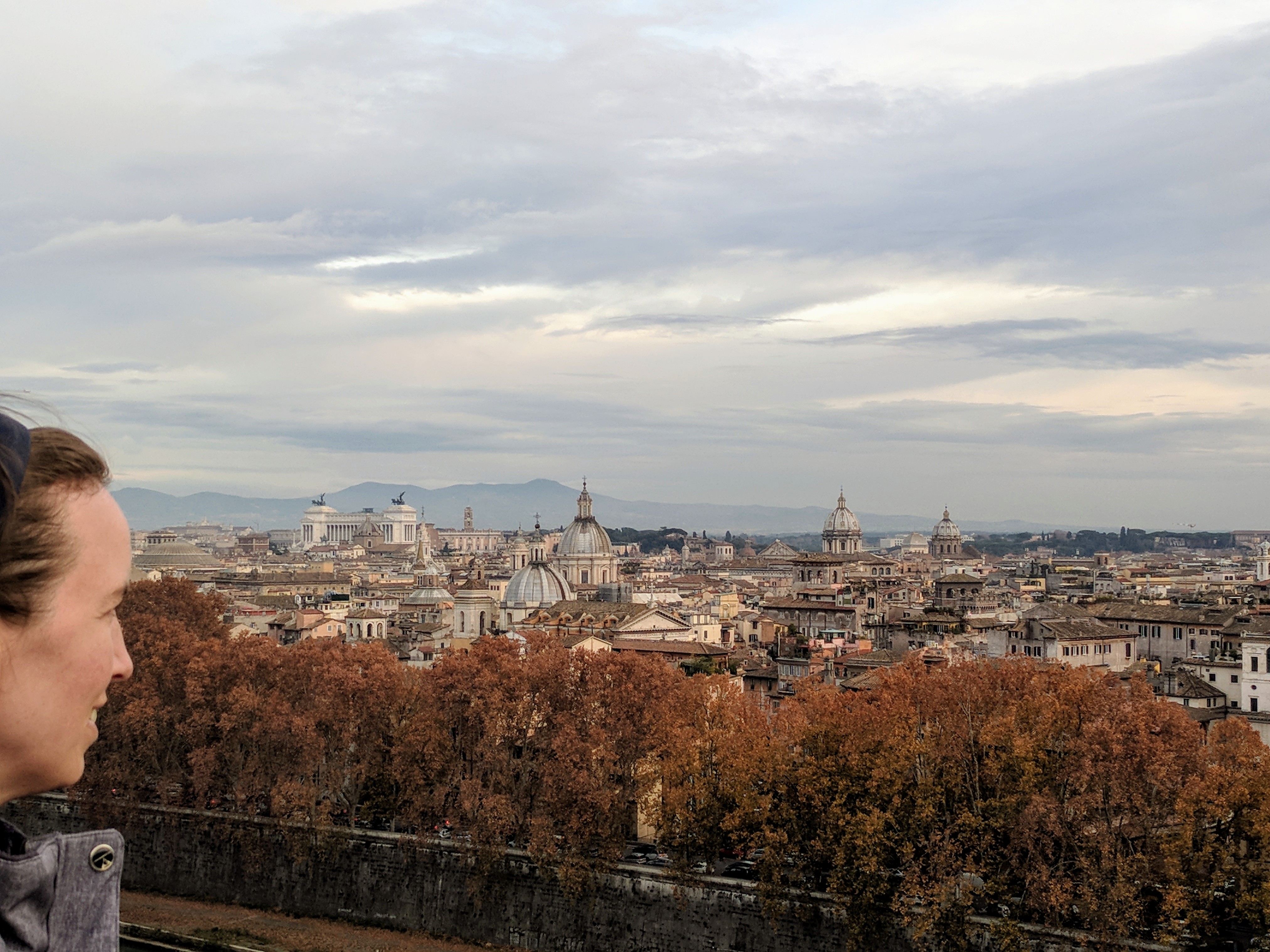
Victor Emmanuel II Monument, Rome’s City Hall is visible in the distance.
King Victor Emmanuel II was the first King of United Italy.
The 1848 SpringTime of the Peoples was a turning point in history, perhaps the point in time when the Enlightenment ended and the Romantic, or Nationalist era began. If Romanticism was the rise of feelings and emotion, then Nationalism was the political manifestation of that! (Music also became much more expressive, such as Ma Vlast by Smetana).
Thus the unification of Italy (and Germany) was a process of accretion that began in 1848 and culminated in 1871, the rise of nation states that was resisted by the existing dynastic world empires at the time. Although paradoxically this period of time also marked the zenith of the British Empire.
